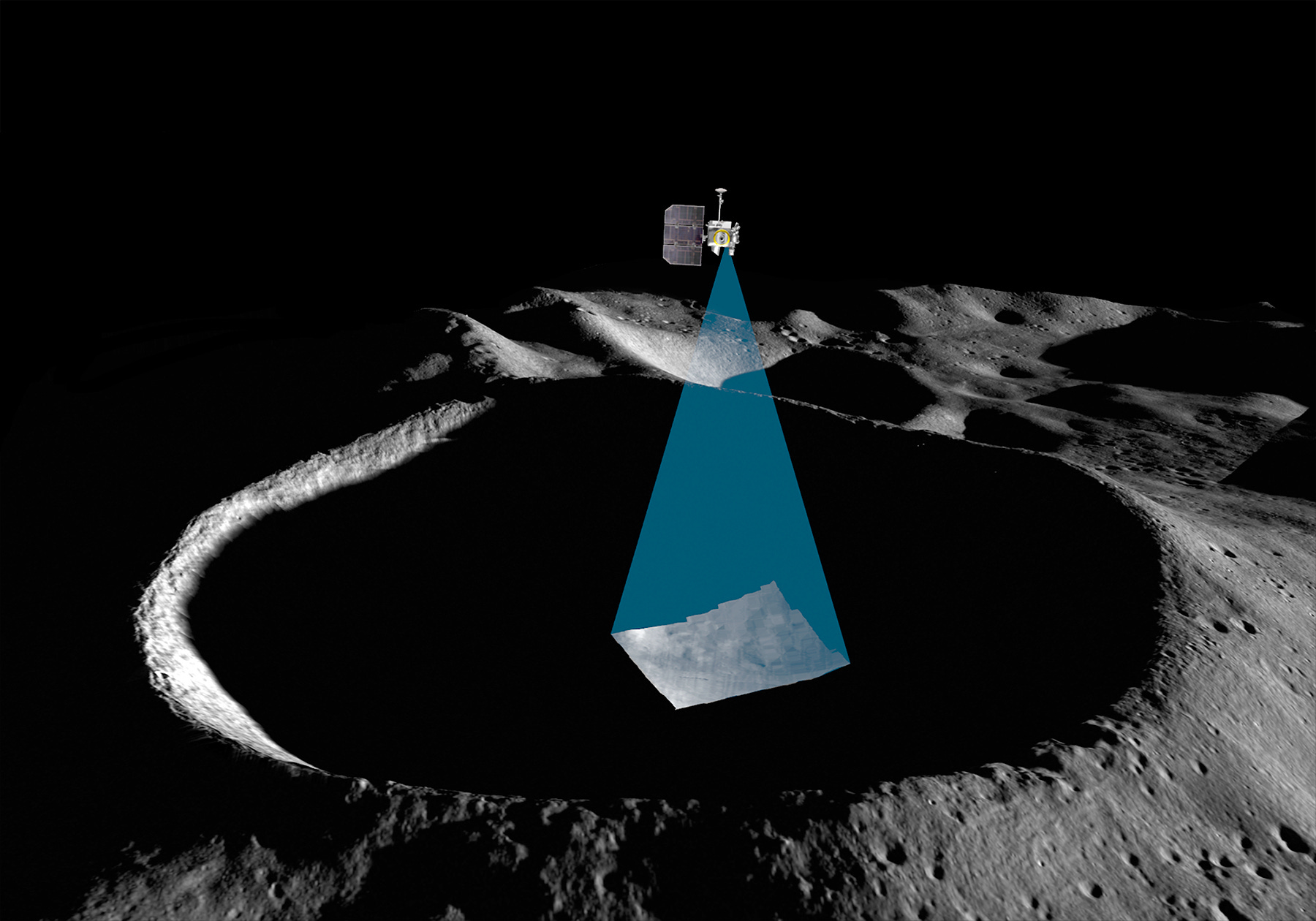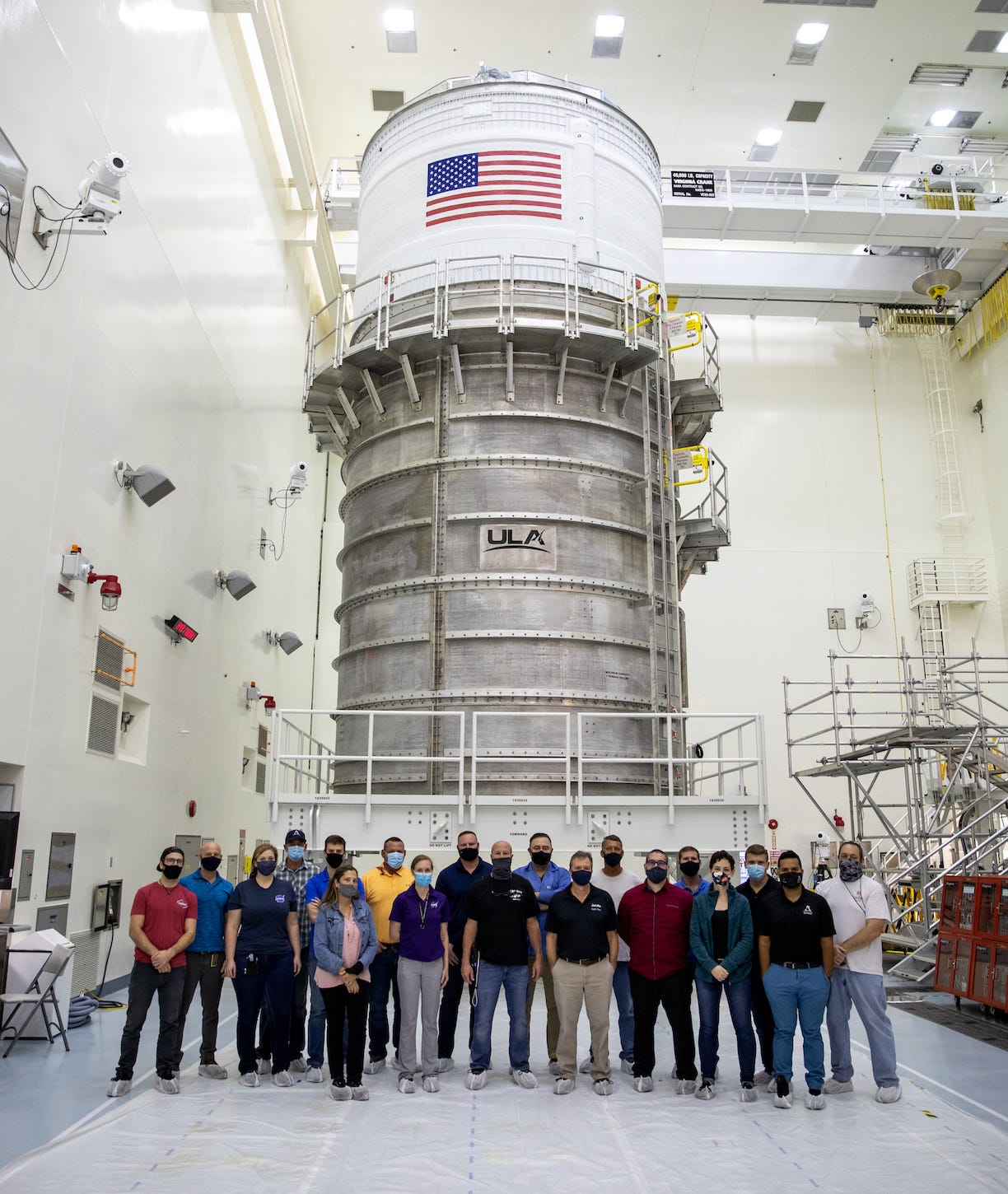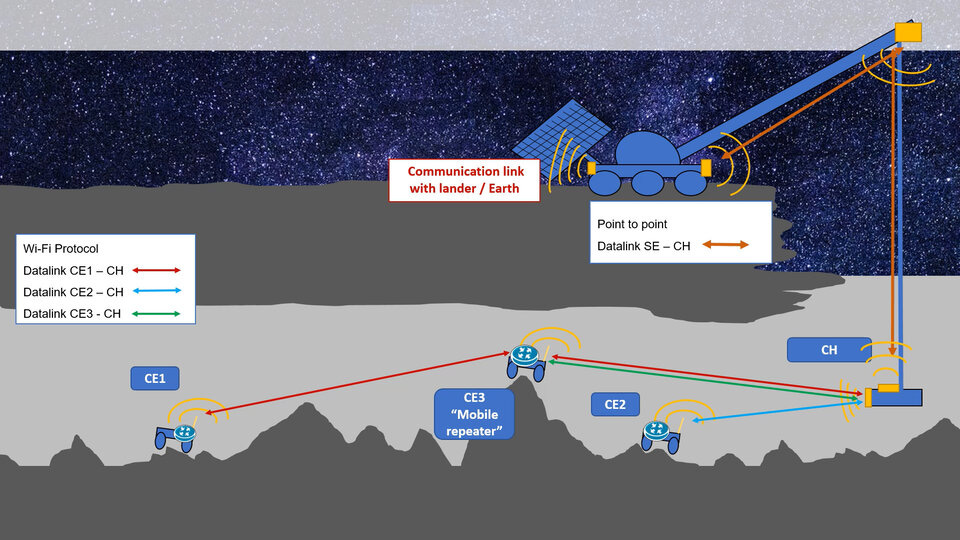Moon Monday Issue #16
South Korea's first Moon mission on track, China to build Saturn-V class rocket, NASA flaunts a flexible lunar robotic arm, ESA wants to explore lunar caves, and more developments in the lunar space.
Highlight

As part of South Korea’s 2021 space budget of 615 billion won ($553.1 million), they’ve allocated 52.6 billion won ($46 million) for their first Moon mission, the Korea Pathfinder Lunar Orbiter. Launching in August 2022 on a SpaceX Falcon 9 rocket, the mission has a NASA instrument onboard called ShadowCam. It will map the Moon’s permanently shadowed regions using dim but detectable reflected light coming out of these regions, and will do so with at least 200 times more sensitivity than NASA’s LRO.
Exploration
Delays continue in getting NASA’s SLS rocket ready for launch for its first Moon mission Artemis I. While preparing the rocket’s core stage to conduct a hot fire re-test on February 25, engineers found out that one of the four liquid oxygen valves wasn’t functioning correctly. The team is inspecting the issue and will determine a new date for the test this week.
Meanwhile, the SLS rocket’s Interim Cryogenic Propulsion Stage (ICPS) and the Orion spacecraft both are at NASA’s Kennedy Space Center undergoing servicing and then fueling for the Artemis I launch in late 2021, or more likely in 2022. Built by United Launch Alliance and Boeing, the ICPS sits above the core stage and will push Orion out of Earth orbit.

China has officially approved the development of a super heavy lift rocket, named the Long March 9, which can send over 50,000 kilograms to lunar orbit. In a snippet from an interview with CCTV, the deputy director of the China National Space Agency, Wu Yanhua, said the rocket’s main purpose is to launch crewed Moon and Mars missions. China is targeting 2030 for Long March 9’s debut launch.
NASA’s VIPER rover mission to map water on the Moon’s south pole has received approval to move from formulation into implementing its final design and operations planning. With Astrobotic, who will land the rover, making progress on the spacecraft hardware in parallel, VIPER is on track for a 2023 launch.
ESA is funding a detailed study to explore lunar caves and lava tubes using fascinating mission concepts which involve tethered probes and a swarm of rovers. The aim is to map these uncharted lunar areas, identify geological resources, and find locations with favorable radiation levels and temperatures for future Moon habitats. If selected, this endeavor will take the form of a payload onboard the European Large Logistics Lander, which can deliver up to 1500 kilograms to the Moon’s surface and which starts cargo flights in the second half of this decade.

NASA’s Lightweight Surface Manipulation System (LSMS) robotic arm from over a decade ago just got a big upgrade. It’s now scalable to fit robotic landers under the CLPS program as well as on human landing systems, with the largest version being able to lift payloads weighing around a thousand kilograms. LSMS also boasts quick-interchange end-effectors to allow it to act as a hoist, forklift, regolith scoop, welder, and more. Following its recent successful ground demonstration, the team is now working towards making a flight-like version for testing. LSMS is also designed to operate on other planetary bodies with small adaptive changes.
Science
We have our first look at Chang’e 5 lunar samples as shown on CCTV news, and people reacting to a part of the samples displayed at an exhibition.

A first-of-its-kind study of 67 volcanic glass samples from Apollo 15 and 17 found out major variations in sulphur isotopes, which helped scientists constrain some of the earliest events in the Moon’s evolution––the formation of the Moon’s iron core as well as the crystallization of the lunar magma ocean.
A White Paper submitted to the Planetary Science Decadal Survey 2023-2032 reviews what is known about interactions of plumes emitted by Moon and Mars landers with the surface. To protect hardware surrounding landing sites from the hazardous regolith kicked off by the plume, the paper strongly recommends all future NASA missions to carry not just descent imagers but also instruments for specific measurements of plume effects, and that such data be public. It also calls for NASA to fund studies and development of long-term infrastructure requirements such as dust-mitigating landing pads.
More Moon
Jack Burns recently gave an interesting colloquium talk on developments towards doing Radio Astrophysics from the Moon. NASA’s CLPS landers are scheduled to deliver two radio science experiments beginning later this year, which will be pathfinders for a 21-cm Global Signal Cosmology telescope and a 10 kilometer diameter interferometric array.
Check out Luna Sights, a curated collection of about 50 craters, mountains, lava channels and more geological features of the Moon. It’s a side project I made through 2018-19 to show people how pretty the Moon is, and learn about the scientific importance of such places while eye-candying them. :)
Thank you David Draper for supporting me and powering this edition of Moon Monday.
Everyone, I’m publishing this one-of-a-kind Moon exploration newsletter for free, with no ads. And it will stay that way. If you like my work, support me to keep it going. Monthly supporters will be credited in future Moon Monday issues with a link to their website/social.
